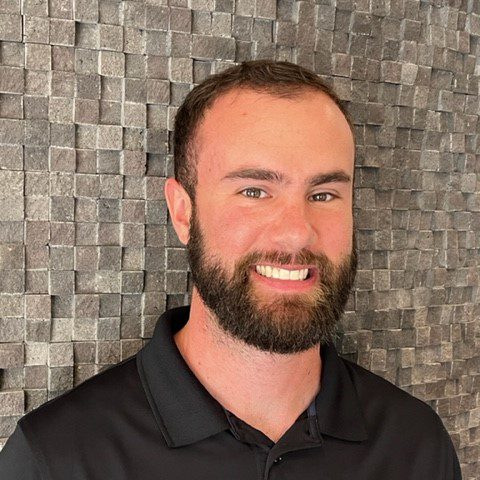It’s never fun when pain shoots down your lower back and your leg. You don’t need to suffer from sciatica pain. Non-surgical treatment is available.
The sciatic nerve runs from the lower back and down each leg. Sciatica pain happens when something like a herniated disc or bone spur puts pressure on the sciatic nerve. It can cause sharp pain, tingling, weakness, or numbness.
Treating Sciatica
Often, sciatica pain improves with home treatment like over-the-counter pain medications, rest, and other at home remedies.
Nonsteroidal anti-inflammatory drugs can sometimes help reduce the inflammation that causes the pain. Don’t use them for too long without talking to your doctor. A doctor could also prescribe a muscle relaxant or a steroid injection.
Bed rest can help, but don’t get too much. About three days on a firm mattress or the floor is best, but after that, try to get back to your regular activities. Moving around can make the sciatica feel better.
Alternating ice and heat will not reduce inflammation, but it can help to stimulate the area to reduce the discomfort. Alternate about every 20 minutes. Make sure to use a cloth or towel to protect the skin from the ice or direct heat.
Alternative Therapies
Many patients get relief from alternative therapies like chiropractic manipulation, massage, or acupuncture.
Spinal manipulation can trigger the nervous system to naturally heal the painful area. Massaging trigger points on top of the sciatic nerve in the glutes can also help relieve pain. It helps to loosen the muscles. Non-trigger point massage can also generally relax the body, providing some relief.
Acupuncture helps restore energy flow to the area and can help with pain relief.
Some oils and ointments like capsaicin or other natural pain-relieving remedies can also help topically. There is some research that shows these can help reduce the release of pain-causing compounds from the nerve.
Exercise Options
Stretching and exercise can help take pressure off the sciatic nerve, reduce inflammation, and improve posture. Short walks can get things moving. Lower back stretches or ones that externally rotate the hip can help. Gentle yoga can also be a good way to stretch things out.
Make sure you do not stretch too far. A physical therapist or trainer can help make sure you have proper form when doing any type of exercise and talk to your doctor before beginning any exercise routine.
The professionals at B3 Medical are trained to help you suffer less from sciatica pain. They have many options available, all without surgery. Give us a call today to schedule an appointment.



























